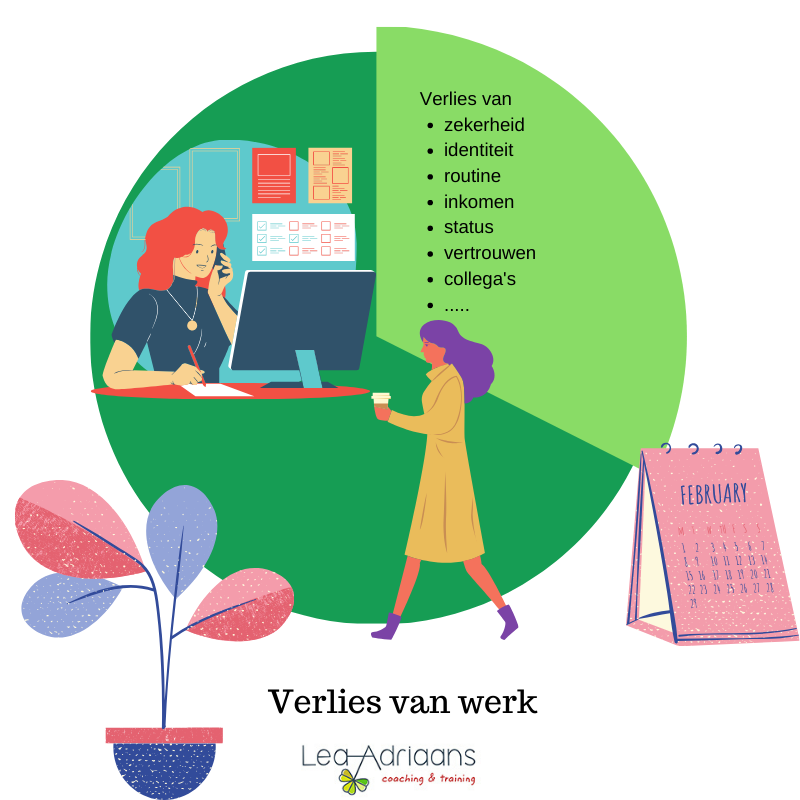The Illusion Of Intelligence: Exploring The Actual Capabilities Of AI

Table of Contents
AI's Strengths: Where it Truly Excels
AI's remarkable capabilities are undeniable, particularly in specific domains. Its strengths lie primarily in its ability to process information and identify patterns at a scale far beyond human capacity.
Data Processing and Pattern Recognition
AI excels at processing vast datasets and identifying intricate patterns that might escape human notice. This ability is fueled by powerful machine learning algorithms and deep learning models, allowing for unprecedented data analysis and pattern recognition.
- Medical Diagnosis: AI algorithms analyze medical images (X-rays, MRIs) to detect diseases like cancer with remarkable accuracy, often exceeding human performance.
- Fraud Detection: Financial institutions leverage AI to identify fraudulent transactions by analyzing patterns in spending habits and identifying anomalies in real-time.
- Scientific Research: AI is used to analyze genomic data, accelerating drug discovery and providing insights into complex biological processes. Machine learning algorithms are crucial in identifying potential drug candidates and predicting their effectiveness.
Automation and Efficiency
AI's capacity for automation is revolutionizing industries. By automating repetitive tasks, AI significantly increases efficiency and productivity.
- Robotic Process Automation (RPA): AI-powered robots automate mundane office tasks like data entry, invoice processing, and customer support interactions, freeing human employees for more complex work.
- Automated Customer Service: AI-powered chatbots provide instant customer support, answering frequently asked questions and resolving simple issues, improving customer satisfaction and reducing wait times.
- AI-powered Manufacturing Processes: AI optimizes manufacturing processes, improving production efficiency, reducing waste, and enhancing product quality through predictive maintenance and real-time process adjustments.
AI's Limitations: Unveiling the Illusion
While AI's strengths are clear, it's crucial to acknowledge its inherent limitations. The notion of an all-knowing, sentient AI is, for now, largely an illusion.
Lack of True Understanding and Common Sense
Current AI systems, often referred to as "narrow AI" or "weak AI," are excellent at performing specific tasks but lack genuine understanding or common sense reasoning. They operate based on patterns identified in training data, not true comprehension.
- AI struggles with tasks requiring contextual understanding or common sense reasoning, such as interpreting nuanced language, understanding social cues, or making decisions based on incomplete information.
- Many AI failures stem from a lack of contextual understanding. For example, an AI tasked with identifying cats in images might misidentify a fluffy dog as a cat due to superficial similarities in appearance.
Bias and Ethical Concerns
AI systems are susceptible to bias, reflecting the biases present in the data they are trained on. This can lead to unfair or discriminatory outcomes.
- Algorithmic bias in facial recognition systems has been shown to disproportionately misidentify individuals from certain racial groups.
- AI-powered loan applications can perpetuate existing socioeconomic inequalities by unfairly denying loans to applicants from marginalized communities.
- The use of AI in criminal justice raises serious ethical concerns, with potential for biased risk assessments leading to discriminatory outcomes. Responsible AI development demands careful attention to these ethical considerations.
Dependence on Data
AI's capabilities are intrinsically linked to the availability and quality of data. Data scarcity, poor data quality, and data privacy concerns pose significant limitations.
- Training effective AI models requires massive datasets, creating challenges in domains where data is scarce or difficult to collect.
- Data quality is paramount; noisy, incomplete, or biased data will lead to inaccurate or biased AI systems.
- Data privacy regulations like GDPR and CCPA impose constraints on the collection and use of personal data, limiting the availability of data for training AI models and requiring secure data handling practices.
The Future of AI: Beyond the Illusion
Despite its limitations, the future of AI holds immense potential. Addressing current limitations is crucial to harnessing its full capabilities responsibly.
Advancements in Explainable AI (XAI)
The development of Explainable AI (XAI) aims to create more transparent and interpretable AI systems. Understanding how AI systems arrive at their decisions is critical for building trust and ensuring accountability.
- XAI techniques aim to provide insights into the reasoning behind AI's decisions, making them more understandable and trustworthy to users.
- Improved transparency will facilitate better debugging, identifying and correcting biases, and improving overall system reliability.
The Potential of Hybrid AI Systems
Combining AI with human expertise holds the key to unlocking AI's full potential. Human-in-the-loop AI systems leverage human oversight to mitigate biases, improve accuracy, and enhance decision-making.
- Hybrid AI systems, also known as augmented intelligence, can combine the strengths of AI and human intelligence, creating more effective and reliable systems.
- Human oversight is crucial for addressing ethical concerns and ensuring that AI is used responsibly and for the benefit of society.
Conclusion
The reality of AI is far more nuanced than the often-exaggerated portrayal in popular culture. While AI excels at processing data and automating tasks, it currently lacks true understanding, common sense, and is susceptible to bias. By understanding the illusion of intelligence surrounding AI, we can move towards a more responsible and beneficial integration of this powerful technology into our lives. A critical evaluation of AI capabilities is essential for navigating the future of this transformative technology, fostering innovation while addressing ethical considerations and mitigating potential risks. Let's work together to ensure that AI truly serves humanity.

Featured Posts
-
 Europe On High Alert Analyzing Recent Russian Military Actions
Apr 29, 2025
Europe On High Alert Analyzing Recent Russian Military Actions
Apr 29, 2025 -
 Solve The Nyt Spelling Bee Puzzle April 27 2025
Apr 29, 2025
Solve The Nyt Spelling Bee Puzzle April 27 2025
Apr 29, 2025 -
 Ray Epps Defamation Lawsuit Against Fox News Details Of The January 6th Case
Apr 29, 2025
Ray Epps Defamation Lawsuit Against Fox News Details Of The January 6th Case
Apr 29, 2025 -
 Lab Owner Pleads Guilty To Covid Test Result Fraud
Apr 29, 2025
Lab Owner Pleads Guilty To Covid Test Result Fraud
Apr 29, 2025 -
 Porsche 911 Sukces Wersji Za 1 33 Mln Zl Na Polskim Rynku
Apr 29, 2025
Porsche 911 Sukces Wersji Za 1 33 Mln Zl Na Polskim Rynku
Apr 29, 2025
Latest Posts
-
 Het Einde Van Een Icoon Thomas Mueller En Bayern Muenchen Gaan Uit Elkaar
May 12, 2025
Het Einde Van Een Icoon Thomas Mueller En Bayern Muenchen Gaan Uit Elkaar
May 12, 2025 -
 Het Afscheid Van Thomas Mueller Een Bittere Pil Voor Bayern Muenchen
May 12, 2025
Het Afscheid Van Thomas Mueller Een Bittere Pil Voor Bayern Muenchen
May 12, 2025 -
 De Vernedering Van Kompany Analyse Van De Mislukking
May 12, 2025
De Vernedering Van Kompany Analyse Van De Mislukking
May 12, 2025 -
 Kompanys Team Lijdt Vernederende Verlies
May 12, 2025
Kompanys Team Lijdt Vernederende Verlies
May 12, 2025 -
 Bitter Einde Voor Bayern Muenchen Het Vertrek Van Thomas Mueller
May 12, 2025
Bitter Einde Voor Bayern Muenchen Het Vertrek Van Thomas Mueller
May 12, 2025
